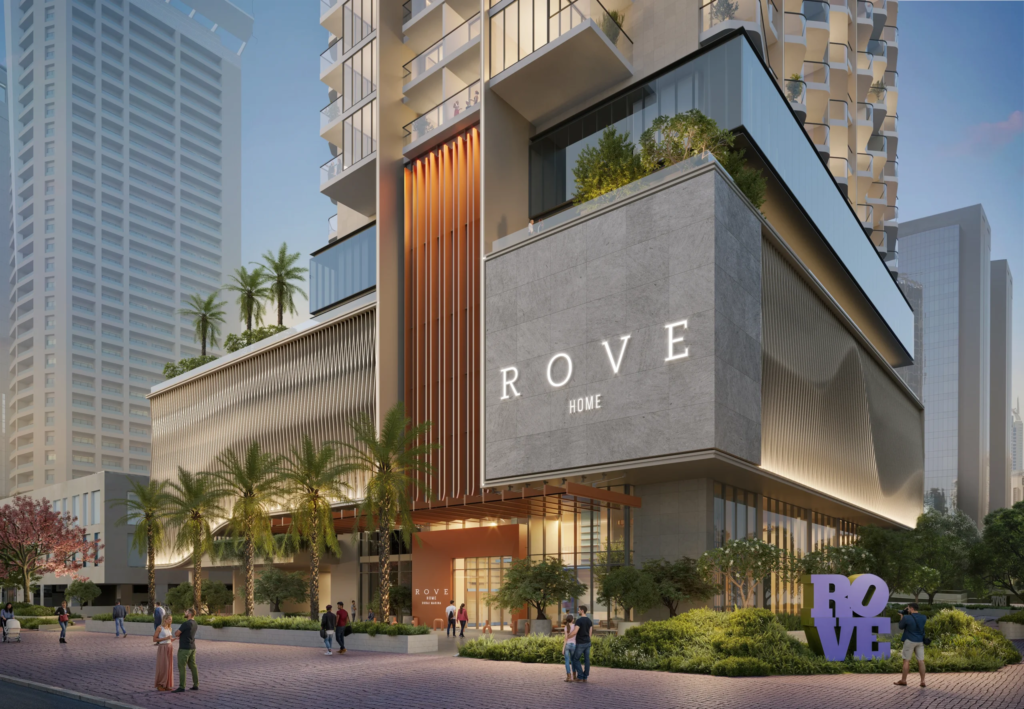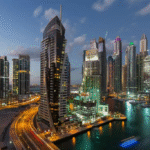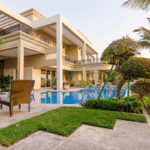Now Reading: How UAE’s Mangrove Plantations Are Saving the Planet’s Future 2025!
-
01
How UAE’s Mangrove Plantations Are Saving the Planet’s Future 2025!
How UAE’s Mangrove Plantations Are Saving the Planet’s Future 2025!
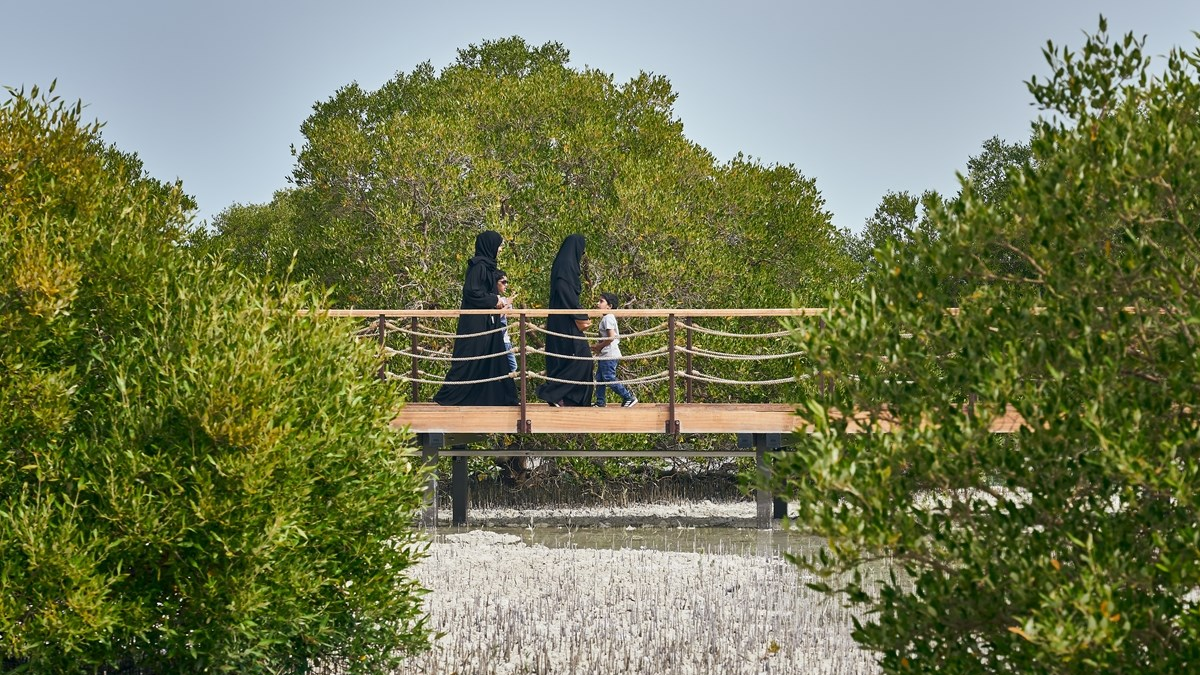
Table of Contents
The United Arab Emirates (UAE) is rapidly becoming a global leader in environmental sustainability, and one of its most exciting green initiatives is its ambitious mangrove plantation program. From protecting coastlines to fighting climate change, mangroves are now at the heart of the UAE’s environmental policies.
In recent years, the UAE government has made clear its commitment to protecting nature while maintaining progress and growth. As part of its Net Zero by 2050 strategy, the UAE plans to plant 100 million mangroves by 2030, making this one of the world’s largest and most ambitious mangrove restoration efforts.
Why Mangroves Matter: Nature’s Silent Heroes
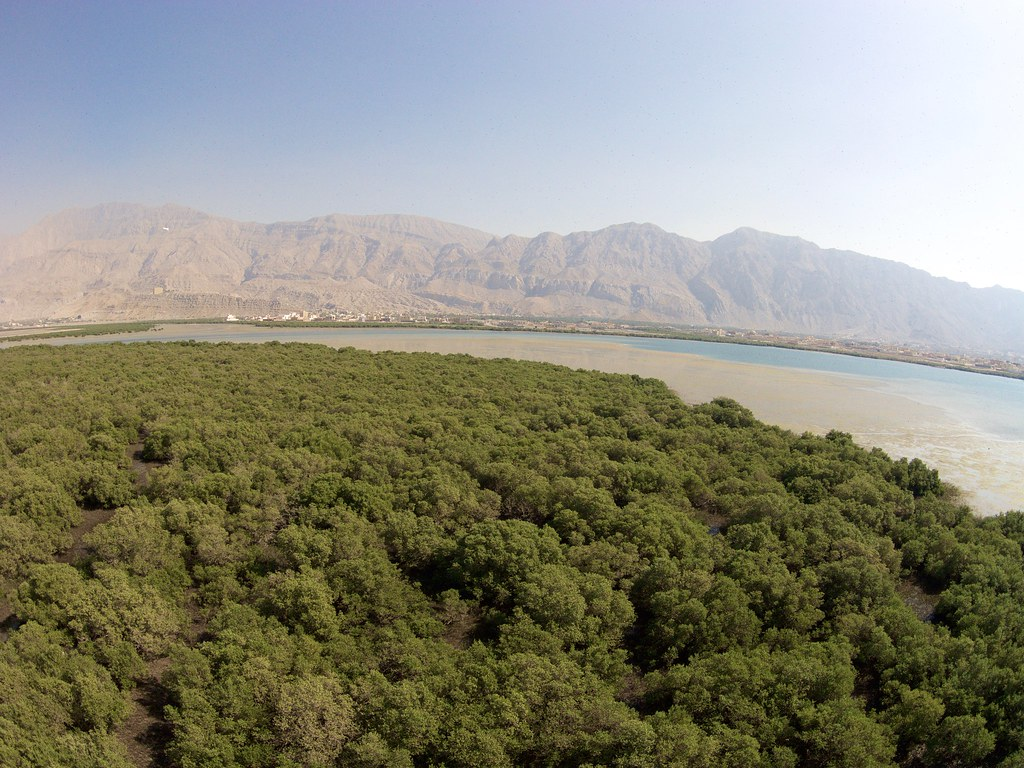
Mangroves are special trees that grow in salty coastal waters. They play a big role in protecting shorelines from erosion, storms, and flooding. Their thick roots hold the soil tightly, preventing it from being washed away by waves and tides.
But that’s not all. Mangroves are also amazing at capturing carbon dioxide (CO₂), the gas that causes climate change. Scientists say that mangrove forests can store up to four times more carbon than rainforests. This means they are a powerful natural tool to help reduce the harmful gases in the atmosphere.
Because of their benefits, mangroves are often called “blue carbon” ecosystems – natural systems that store carbon in coastal and marine environments.
UAE’s Big Mangrove Mission: 100 Million Trees by 2030
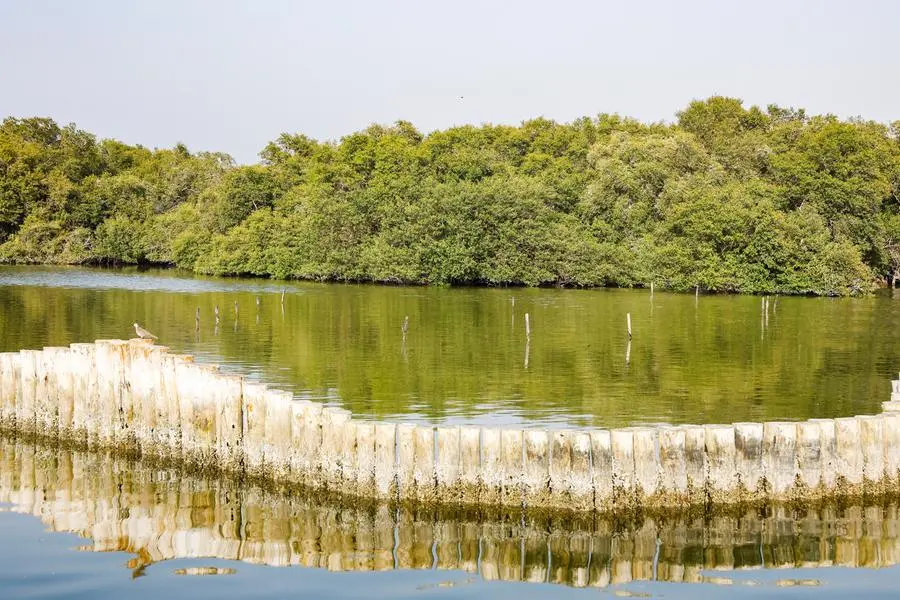
In 2021, during the United Nations Climate Change Conference (COP26) in Glasgow, the UAE announced its plan to plant 100 million mangroves by 2030. This announcement was praised worldwide, as it showed the UAE’s strong commitment to sustainability and fighting climate change.
Mangrove forests in the UAE are mostly found in the emirates of Abu Dhabi, Dubai, Sharjah, and Umm Al Quwain. Abu Dhabi alone is home to over 70% of the country’s mangroves. These forests not only protect coastal cities but also provide homes for many birds, fish, and marine animals.
To make this plantation drive successful, the UAE is using modern technology like drones and satellite imaging. Drones are used to drop mangrove seeds in hard-to-reach areas, making planting faster and more efficient. Satellite images help scientists monitor the health and growth of the new mangroves over time.
In February 2022, Sheikh Mohammed bin Rashid Al Maktoum, Ruler of Dubai, launched the “Emirates Nature-WWF” project to support mangrove planting in coastal areas. This project allows local people and companies to “adopt” mangroves and take part in the country’s environmental mission.
A Role Model for the World
The UAE’s mangrove plantation program is more than just a national project; it is a message to the world. As a desert nation that relies heavily on oil, the UAE is proving that even countries with tough environments can lead in climate action.
The program is also linked to the COP28 climate conference, which the UAE hosted in 2023. During this event, world leaders gathered in Dubai to discuss global climate solutions, and the UAE’s mangrove success story was highlighted as a model for other countries.
Mangroves have also become a part of the country’s eco-tourism plans. The stunning Jubail Mangrove Park in Abu Dhabi is now open to the public, allowing visitors to walk through the mangrove forests and learn about their importance. Such eco-friendly attractions encourage people to care about nature and understand how human actions impact the environment.
Challenges in Mangrove Plantation
Despite the success, mangrove planting in the UAE comes with challenges. The country has harsh temperatures, salty water, and dry conditions that can make it difficult for new mangroves to grow. However, by using genetic research and smart irrigation systems, scientists are finding ways to help the trees survive and thrive.
One of the biggest challenges is raising public awareness. Many people still don’t realize how important mangroves are for their daily lives – from protecting property to keeping the air clean. To solve this, the government is working with schools, universities, and media to teach the next generation about the importance of mangrove forests.
Mangroves and the Future of UAE’s Green Economy
The mangrove plantation effort is not only about saving the environment – it’s also part of building a green economy. By protecting nature, the UAE is creating new jobs in environmental science, eco-tourism, drone technology, and coastal engineering.
Private companies are also joining the cause. Big firms like ADNOC and Emirates Group are investing in mangrove planting as part of their corporate social responsibility (CSR) programs. This shows how government and business can work together to create a better, greener future.
Final Thoughts: Planting Hope for Tomorrow
The UAE’s mangrove plantation program is an inspiring example of how human ambition and natural solutions can come together to fight climate change. By turning its sandy coastlines into green, thriving ecosystems, the UAE is planting not just trees – but hope for a better tomorrow.
If this ambitious plan succeeds, it could inspire many other countries, especially in the Middle East and Africa, to follow a similar path.
In the coming years, these millions of mangrove trees may not only reshape the UAE’s landscape but also play a small yet crucial role in saving the planet.
Read More:- Shobha Realty Launches Its Most Luxurious Project Yet—Full Details Inside 2025




